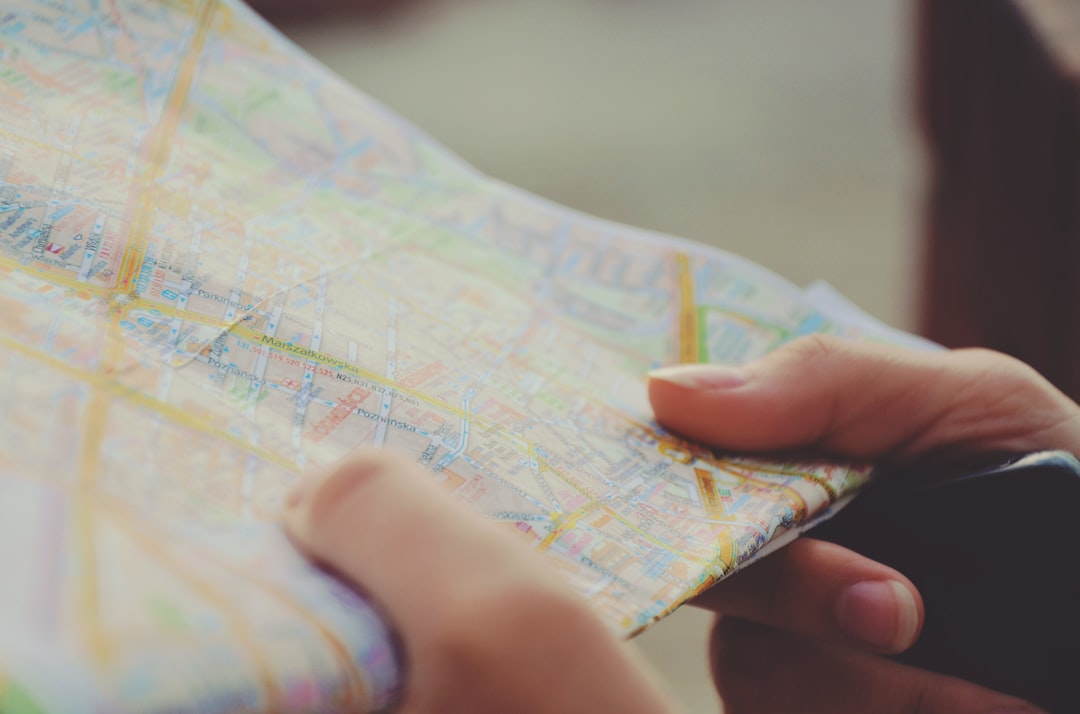Google Maps is undoubtedly one of the most useful apps on your smartphone, whether you’re navigating through a new city, finding the fastest route to work, or exploring the best restaurants nearby. However, its always-on location tracking, map rendering, and real-time data updates can quickly drain your phone’s battery. The good news is, with a few smart tweaks, you can minimize battery usage without sacrificing much of the app’s functionality.
Here are some effective ways to optimize your Google Maps settings for better battery performance:
1. Switch to Battery Saver Mode
The quickest way to conserve battery while using Google Maps is to enable your phone’s built-in battery saver. Once active, this feature limits background activities and reduces app performance — including location updates.
- On Android: Go to Settings > Battery > Battery Saver and switch it on.
- On iOS: Navigate to Settings > Battery and toggle on Low Power Mode.
2. Use Google Maps Offline
Downloading maps for offline use drastically reduces battery consumption by eliminating the need for real-time data usage. Offline maps are particularly helpful when traveling in areas with poor connectivity.
To download maps offline:
- Open the Google Maps app.
- Tap your profile picture and go to Offline Maps.
- Select the area you need and tap Download.

3. Tweak Location Accuracy Settings
Google Maps uses a feature called Location Accuracy to provide better location data by combining GPS, Wi-Fi, Bluetooth, and cellular networks. While this improves navigation precision, it consumes more power.
To reduce accuracy and save battery:
- On Android, go to Settings > Location > Location Services > Google Location Accuracy and toggle it off.
- Keep in mind that setting it to “Device Only” will use only GPS, which is slower but more power-efficient.
4. Disable Background App Refresh and Location Usage
Google Maps can run and collect location data in the background even when you’re not using it. This can cause unnecessary battery drain.
To turn off background location access:
- On Android: Go to Settings > Apps > Google Maps > Permissions > Location and select “Allow only while using the app”.
- On iOS: Go to Settings > Privacy & Security > Location Services > Google Maps and choose “While Using the App”.
Also, disable background app refresh to further save battery:
- On Android: Navigate to Settings > Apps > Google Maps > Battery and limit background activity.
- On iOS: Go to Settings > General > Background App Refresh and turn it off for Google Maps.
5. Reduce Screen Brightness and Switch to Dark Mode
While screen brightness isn’t directly controlled by Google Maps, using the app for extended periods with high brightness can significantly impact your battery.
Lower your screen brightness manually or enable auto-brightness. Additionally, Google Maps offers a built-in Dark Mode that not only reduces glare during night navigation but also conserves power, especially on OLED screens.
To enable Dark Mode in Google Maps:
- Tap your profile icon and go to Settings > Theme > Always in Dark Theme.

6. Turn Off 3D Buildings and Satellite View
While 3D buildings and Satellite View look great and provide added visual depth while navigating, they require more data and processing power to render — both of which drain your battery faster.
To switch to a simpler map layout:
- Tap the layers icon (usually at the top-right corner on the map screen).
- Switch from Satellite to Default or Terrain.
- Uncheck 3D buildings if it’s enabled.
7. Use “Lite Mode” When Available
Google Maps sometimes enables a lower-resource usage version of the app called Lite Mode, especially on devices with limited hardware or slow internet. While you can’t enable this mode manually on most smartphones, using Google Maps via a browser on mobile can sometimes trigger it.
Alternatively, switch to Google Maps Go, a lighter version of the app, available on Android via the Play Store.
The Bottom Line
Smartphones and location-based apps like Google Maps are vital to modern travel and commuting, but they don’t always go easy on your battery. By adjusting a few settings, like switching to offline maps, lowering location accuracy, and enabling dark mode, you can enjoy a full day of navigating without constantly reaching for your charger.
Happy travels—and smarter battery management!